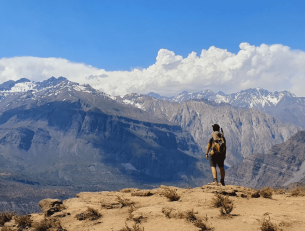Despite its small size, Costa Rica is home to some of the most diverse natural landscapes and intense concentrations of biodiversity on earth. And with these jungles, volcanoes, cloud forests, mangrove swamps, and the dizzying array of wildlife that lives there, comes a growth in tourism.
As this industry grows, it is important to preserve the country’s natural resources, not only to ensure Costa Rica retains its reputation as a world-class destination for nature tourism, but also in order to protect the delicate ecosystems that could so easily be overwhelmed by an influx of visitors and the infrastructure that comes with them.
This is where sustainable tourism comes into play. In this blog post, we’ll touch on what sustainable tourism is and take a closer look at how it is being implemented in Costa Rica.
What is Sustainable Tourism?
Sustainable tourism is tourism that aims to strike a balance between providing consumers with their needs, whilst protecting the interests of the local population and the environment. It aims to minimize negative impacts on local communities and the natural landscape, promote conservation and sustainability.
This type of tourism ensures that the natural resources and cultural heritage of a destination are protected and preserved for future generations, and that the local population benefits from people coming to visit.

How is Sustainable Tourism Implemented in Costa Rica?
Protection of Natural Resources: Costa Rica has established numerous national parks, wildlife refuges, and other protected areas to conserve its diverse landscapes and wildlife. The country has also implemented various regulations to minimize the impact of tourism on these protected areas.
In fact, more than a quarter of the surface of Costa Rica is a protected area, with a mind-boggling 28 national parks, 58 wildlife refuges, 11 forest reserves, 8 biological reserves, 15 wetland and mangrove reserves, and numerous other regions protected in order to preserve a distinctive ecosystem.
This means that places such as Corcovado, Manuel Antonio, Tortuguero National Parks, the some of the most intensely biodiverse places on earth and home to stunning animal, flora and fauna species, are safe from serious development that would put these habitats at risk. That, in turn, makes a wildlife holiday in Costa Rica a reality for many generations to come.
Popular Costa Rica Holidays
Support for Local Communities: Often, an influx of tourism can result in an upheaval in terms of the key industries in a local area. When this happens, locals who are used to living and working in a certain way can find themselves pushed or priced out of their owns or villages, as prices increase and they find the economy shifting to service industries.
Many sustainable tourism initiatives in Costa Rica aim to support local communities and provide economic benefits to the local population. For example, tour operators help locals who practice traditional ways of living, such as coffee farmers, to adapt their business by bringing visitors on tours. This allows tourists an insight into authentic local culture, whilst providing local business owners with a new stream of income.
It also protects these traditional practices and ways of life. Unfortunately, the world we live in dictates that if an enterprise isn’t profitable, it’s unlikely to continue for long. By making these coffee plantations, traditional villages and small, independent fishing operations profitable thanks to tourism, sustainable travel ensures these ways of life are protected and that the local population benefits from tourism.

Use of Renewable Energy: Costa Rica has made a strong commitment to using renewable energy sources such as wind, solar, and geothermal power. This helps reduce the country’s carbon footprint and support sustainable tourism.
In fact, in 2020 an incredible 99.78% of the power generated in the country came from renewable sources. With an abundance of waterfalls and rivers and thanks to it’s relatively high volcanic activity, Costa Rica can produce upwards of 85% of its energy from hydroelectric and geothermal power alone, with the rest coming from wind and solar farms.
All this means that hotels, restaurants and other amenities developed to accommodate tourists have a minimal impact on the environment, drastically reducing the impact of tourism on the overall carbon footprint in the country.
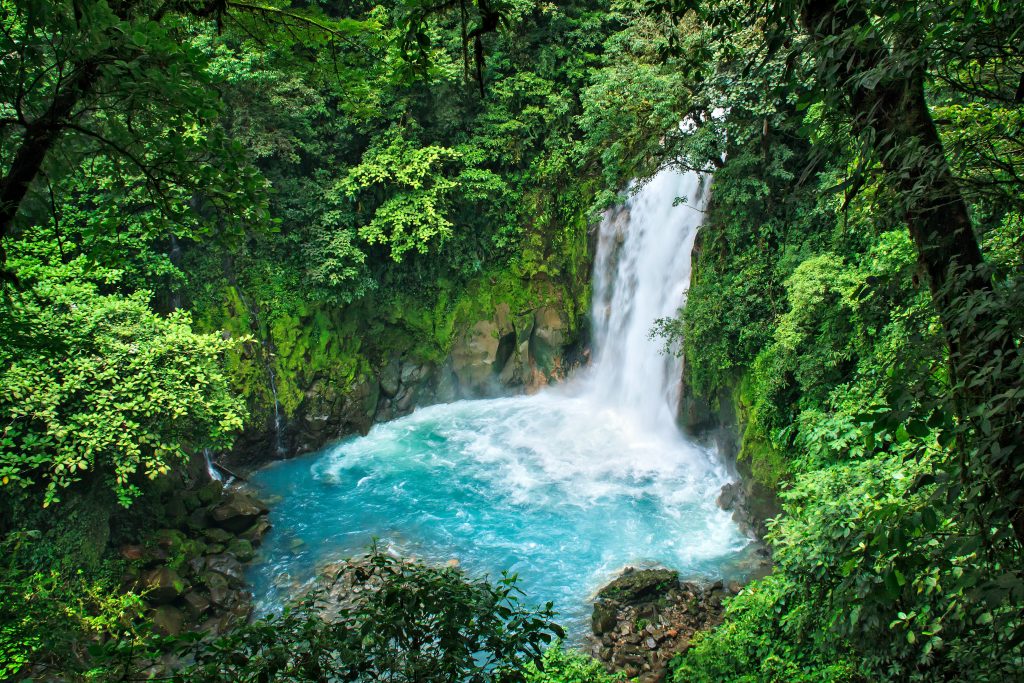
Promotion of Responsible Travel: The Costa Rican government and tourism industry are working together to promote responsible travel practices, such as reducing plastic waste and encouraging sustainable transportation options like bike rentals and electric vehicles. In fact, by 2035, it is the aim of the tourist board that all vehicles in the country will be electric.
The government has taken a firm stand on pushing sustainable tourism, and by passing laws on deforestation and in designating 26% of the land as protected, they have made the first key steps to ensuring the natural environment remains untouched.
As well as this, the government has overseen the development of the ICT, the government agency in charge of promoting sustainability in the country, and also the country’s tourist board. This means that sustainability and travel are inextricably linked in Costa Rica, and all marketing and messaging when it comes to promoting the country as a tourist destination is centred around responsible travel.
This, in turn, attracts visitors with an interest in travelling sustainably, and helps educate travellers about the virtues and benefits of responsible travel for locals, travellers, and the environment.
Costa Rica is a leader in sustainable tourism, and its efforts to preserve the country’s natural resources and support local communities are commendable. By choosing sustainable tourism options, travellers can help protect the environment and preserve the unique beauty of Costa Rica for future generations. At Not In The Guidebooks, we are always working on making our own offerings more sustainable, whilst educating our travellers on how they can travel more responsibly. Take a look at the sustainability section of our blog for more tips and features on sustainable travel.





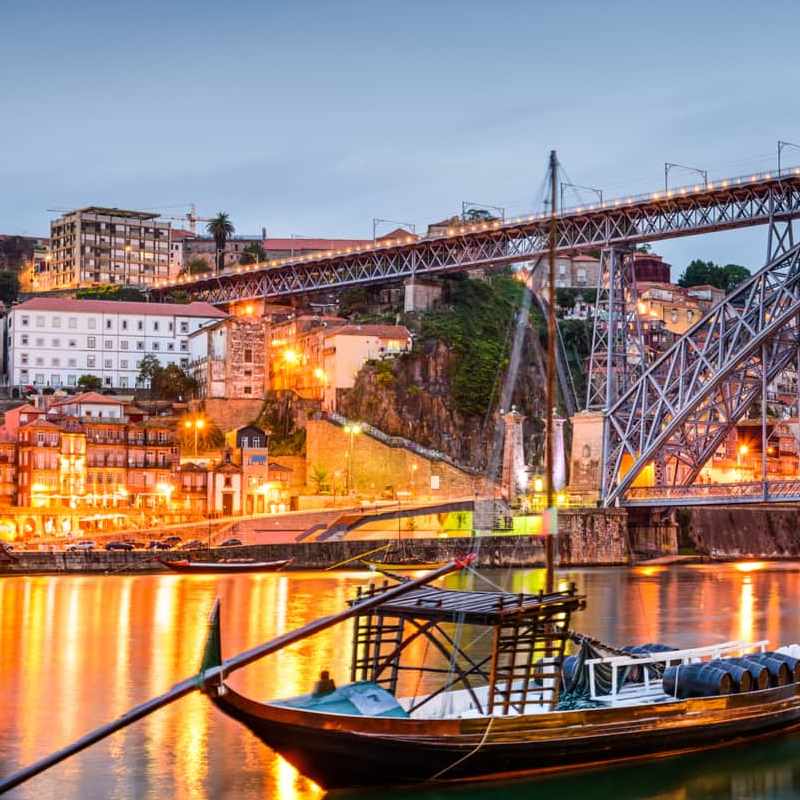
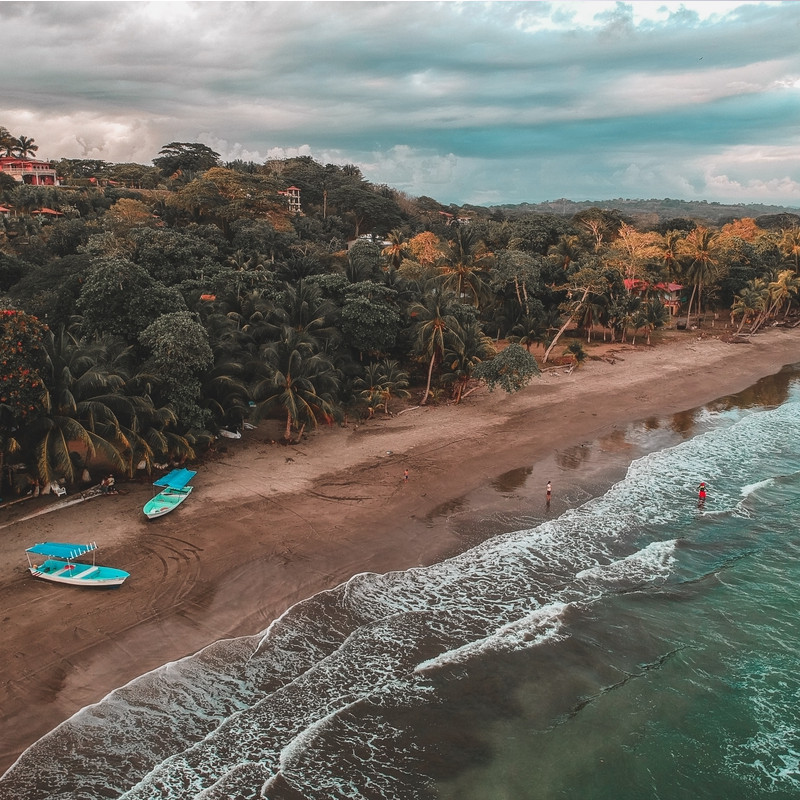
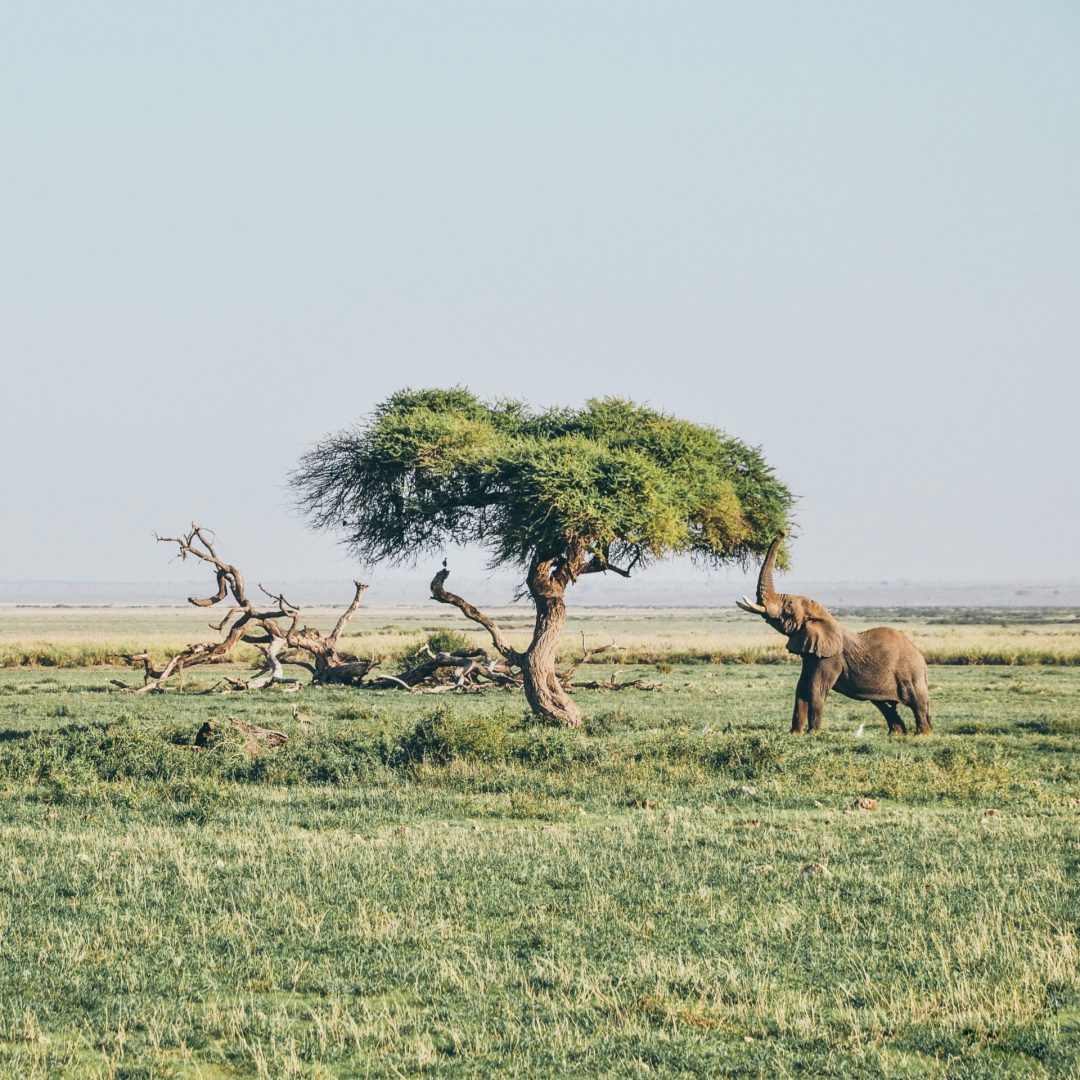
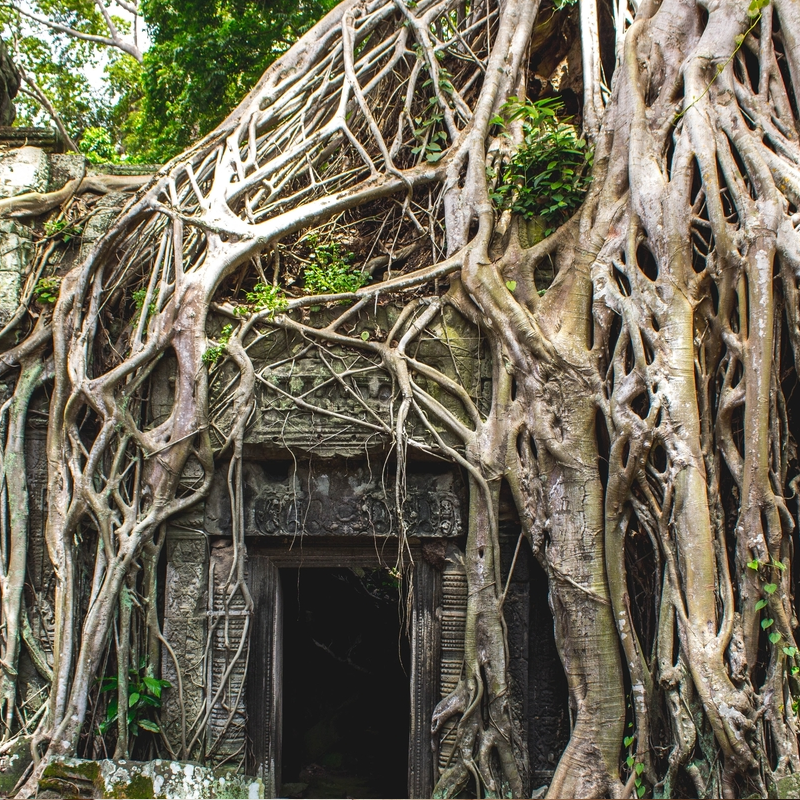
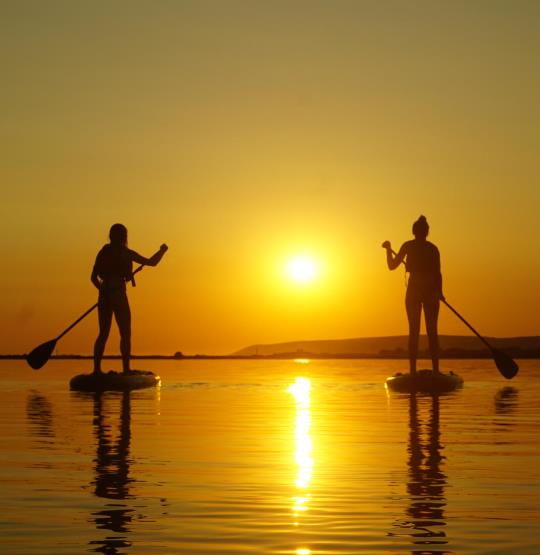




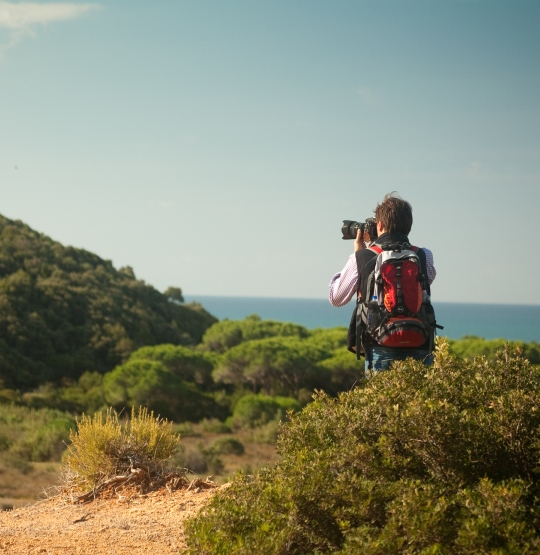

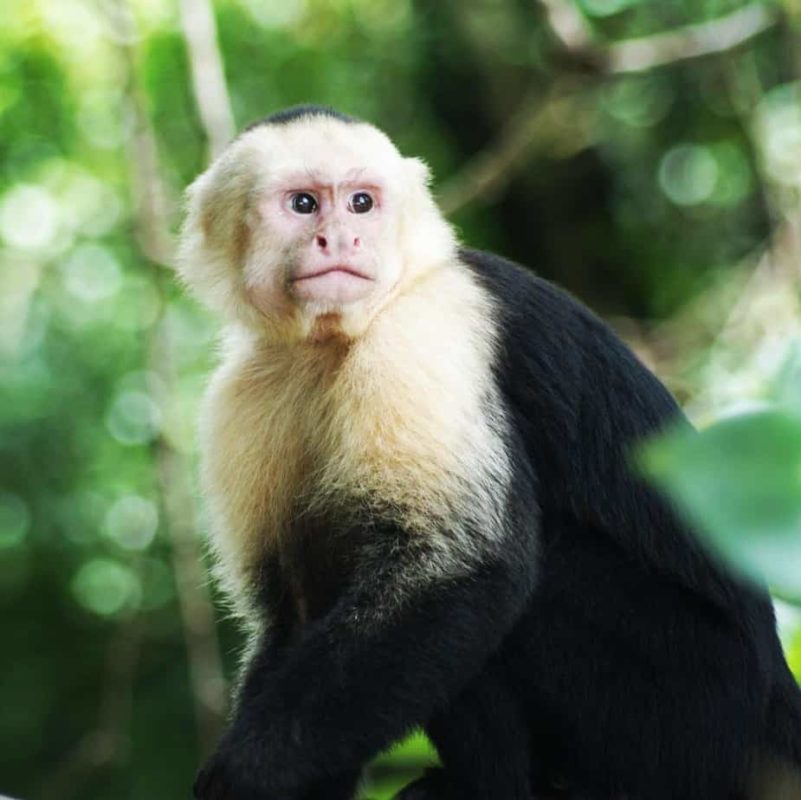
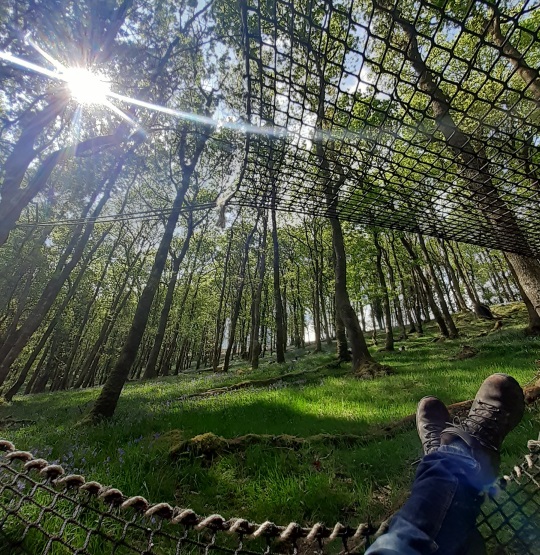

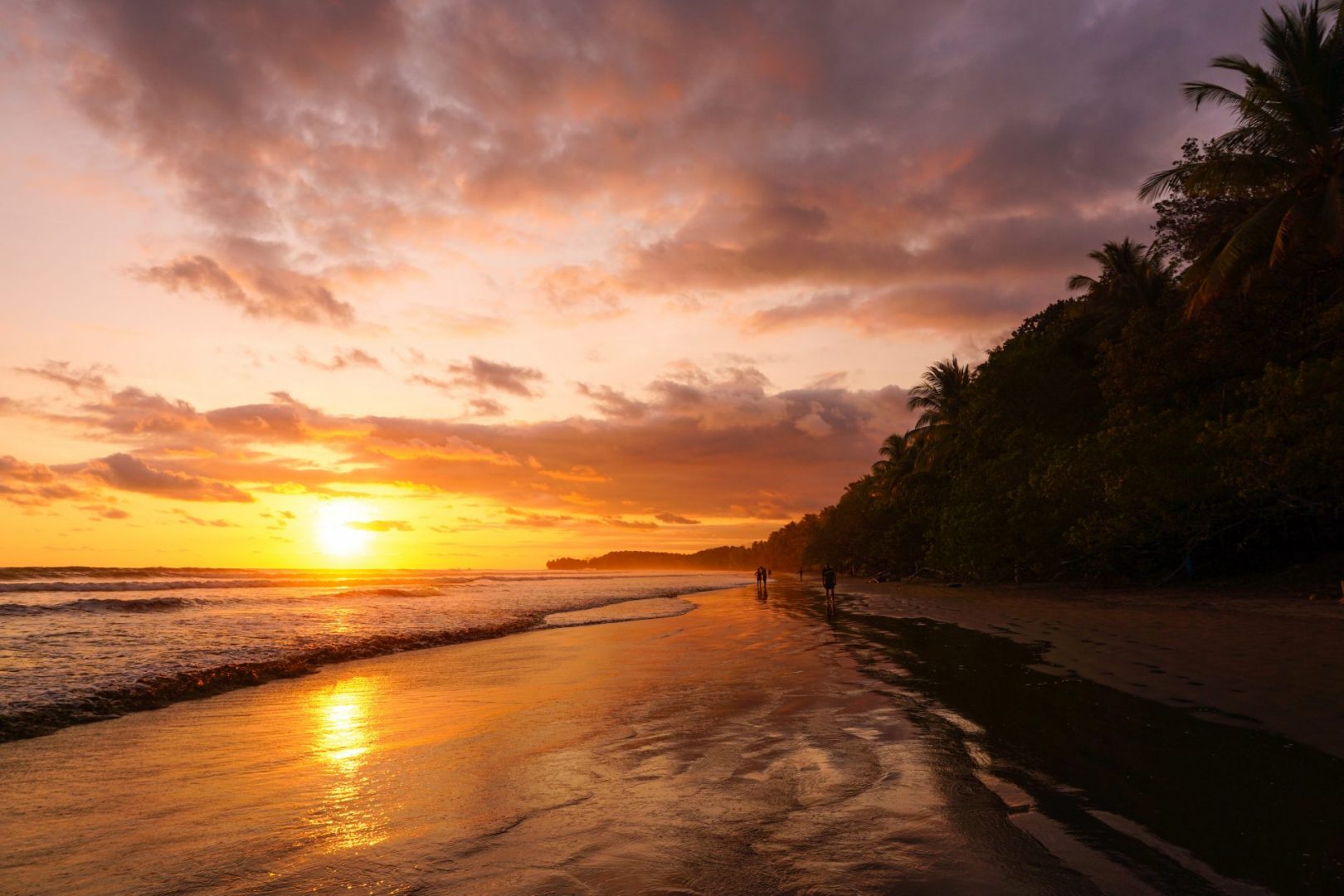

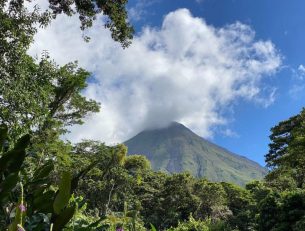
 Costa Rica
Costa Rica 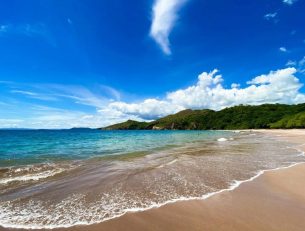
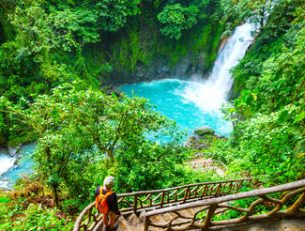
 22/07/2022
22/07/2022 